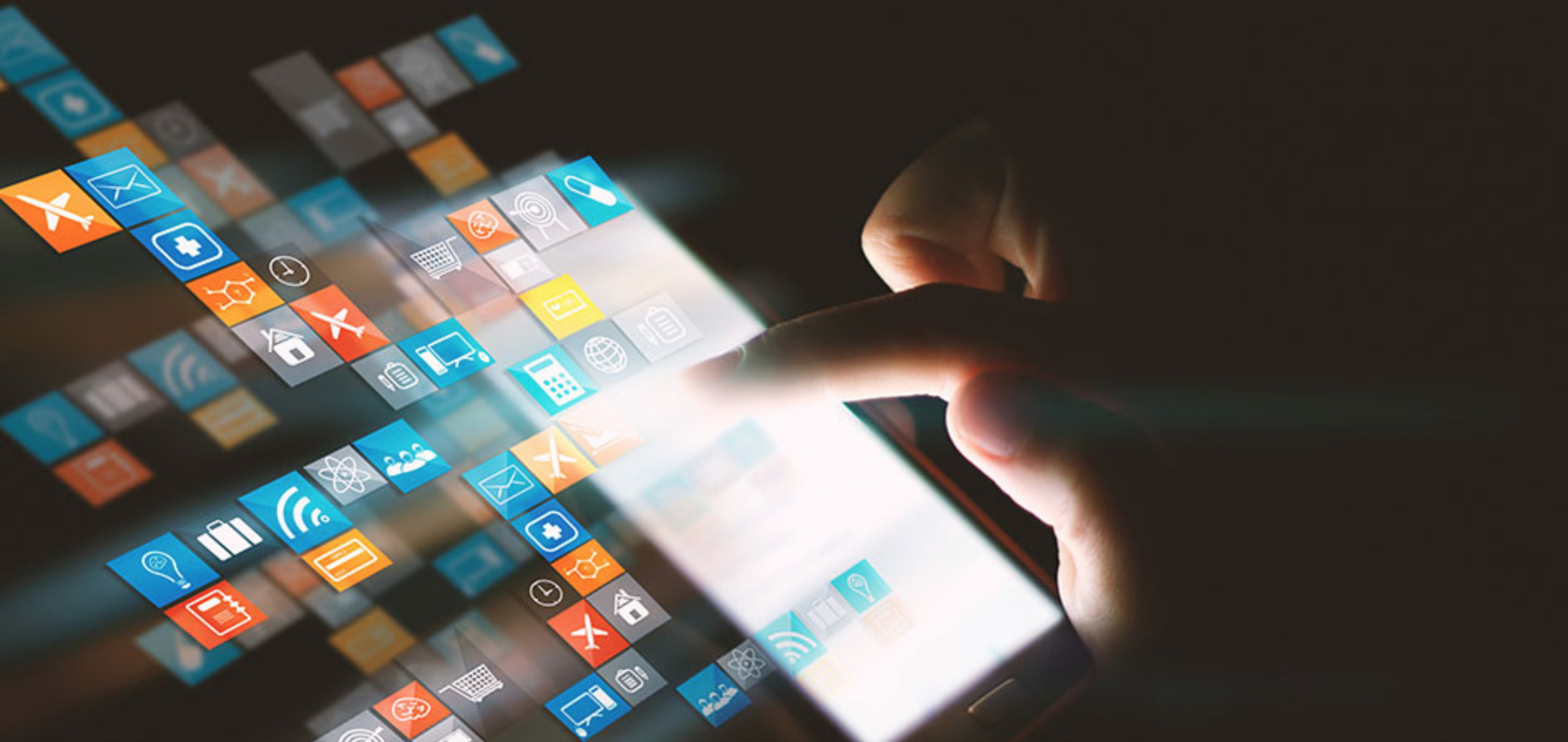Are You a Victim of the Alt-Right Pipeline?
Gallery

Clean Girl Aesthetic The “Clean Girl” aesthetic has had young women on the internet in a chokehold since 2021. Key features are slicked-back buns, clear skin, natural makeup, matching lounge sets, polished rooms and Pilates classes. The effortless yet unattainable standard of being a clean girl also comes with being wealthy, thin, and white.
Even though the aesthetic borrows elements like slicked-back hair and gold hoops from Black and Latino culture, clean girl content is centered around white women showing off their collarbones and hip bones to their phone cameras while recommending their favorite high-end beauty products and boutique clothes.
This curated image of “effortless beauty” reinforces long-standing Western ideals about femininity—where a woman’s worth is tied to her appearance, cleanliness and conformity. It discourages individuality and promotes a sanitized, uniform version of womanhood.
In the alt-right space, aesthetics like this become tools for soft indoctrination. When beauty becomes a form of virtue, and virtue is only granted to those who meet impossible, exclusionary standards, it becomes easier to push harmful narratives about who is “deserving” of visibility, safety, and value in society.
Tradwife Content If you scroll through #tradwife (short for “traditional wife”) on TikTok, you’ll see thousands of videos of women waking up in the early morning to bake bread in their marbled kitchens with their newest baby on their hip.
The idea of living on a farm and spending your days cooking and doing household chores may seem appealing to young girls exhausted by the pressures of getting a degree and chasing a high paying job. But in reality, the tradwife fantasy is more dangerous than it seems.
Avery Stone of “The Hollywood Reporter” interviewed Enitza Templeton, a nursing assistant, content creator, and former tradwife. She warned readers: “You’re at your husband’s mercy when you sign up for that tradwife life.”
Tradwife content is rarely just about baking or homemaking—it’s also about rejecting feminism, modern education, LGBTQ+ rights, bodily autonomy and scientific consensus. Many of these creators push anti-vax, pro-life and white nationalist views under the surface of cozy, grainy video filters.
It’s a slow indoctrination method: sell domesticity as a lifestyle, then introduce traditionalist beliefs that frame a woman’s value around obedience and purity. It’s not just anti-feminist—it’s part of a larger effort to roll back women’s rights and reinforce patriarchal control, key tenets of the alt-right agenda.
Pro-Diet Culture Between clean eating and Ozempic trends, it’s no surprise that being thin is “in” again. According to the “Vogue Businesses 2025 Inclusivity Report”—which analysed runway shows across New York, London, Milan, and Paris—size inclusivity is regressing.
The report found that 0.8% of models were plus size (U.S. size 14+), 4.3% were midsize (U.S. size 6-12) and 94.9% were straight size (U.S. size 0-4). Meanwhile, the average women’s dress sizes in the United States and United Kingdom are 16-18, 14-16 in Italy, and 10-12 in France.
The gap between how women actually look and how they’re being represented in fashion further reinforces the idea that thinness is the standard to be upheld.
In her book “Going Mainstream: How Extremists are Taking Over,” Dr. Julia Ebner observes how “white nationalist and identitarian movements have strategically used women in their public facing campaigns to make their ideas seem less dangerous and more legitimate.” She describes how fascist ideologies directly relate to pro-diet culture through the idealized version of a woman’s body—designed to produce “pure and strong” children.
For far-right women, thinness is superior as their power comes from the way they look and their value comes from the approval of the men around them.
Anti-hate Canada researcher Hazel Woodrow notes the overlap of alt-right and eating disorder forms: “If I was trying to radicalize a young girl, I would incite an eating disorder because your capacity of critical thinking is kneecapped by starvation, and it would be easy to introduce a radicalized aspect to it.” Diet culture becomes a gateway to extremist thinking by conditioning women to value themselves based on how much space they don’t take up—literally and metaphorically.
Feminine Energy and Femininity Coaches In Chinese philosophy, Yin is associated with feminine energy, while Yang represents masculine energy. Every person has a balance of both. But “feminine energy” has become a buzzword in new-age spirituality circles, with internet creators encouraging women to get in touch with it—whether by dressing more modestly, avoiding slang or swear words, or acting submissive around men.
They offer tips on how to attract “high value men,” and as one creator, @womenwisdom stated, the only way for a woman to truly embrace her feminine energy is “when a man is a provider and a protector.” In other words, a woman can’t be feminine and self-sufficient at the same time.
Femininity coaches market courses on how to be more feminine instead of being “stuck” in their masculine energy. This framing may appear spiritual or empowering on the surface, but it’s deeply tied to alt-right ideology. It echoes traditionalist propaganda that assigns women value only when they are quiet, heterosexual, fertile, and in service to male power. It’s not about balance—it’s about control. Once again, women are encouraged to perform a version of femininity that reinforces patriarchal systems, while being told it’s empowering. It’s the alt-right pipeline in a sundress.
